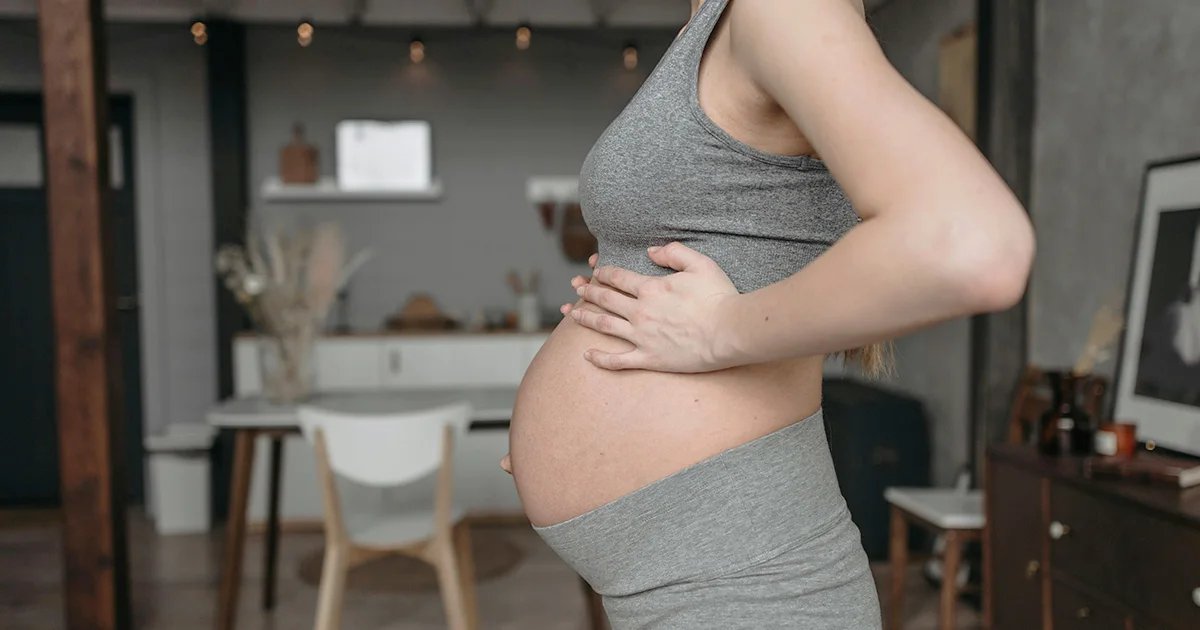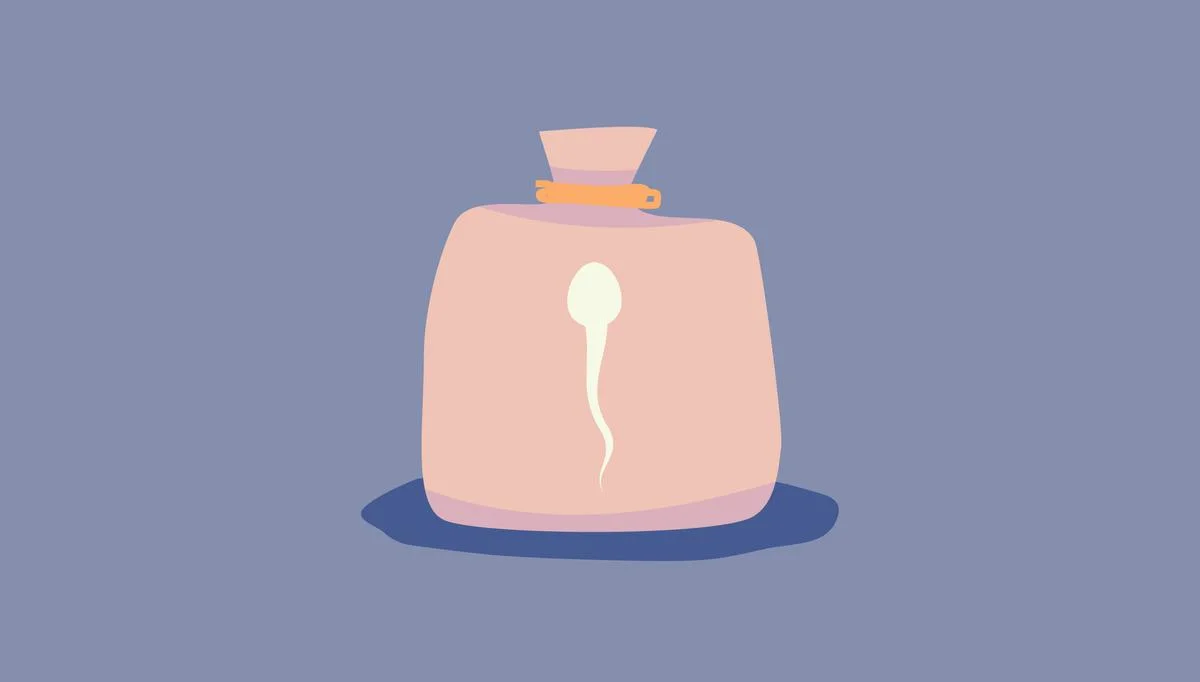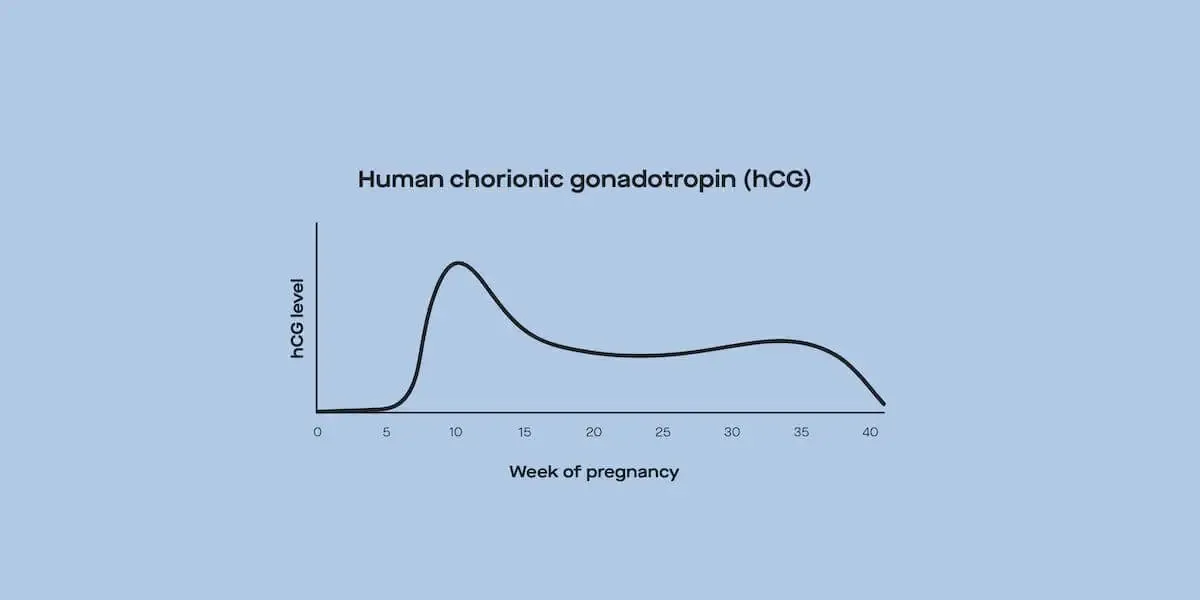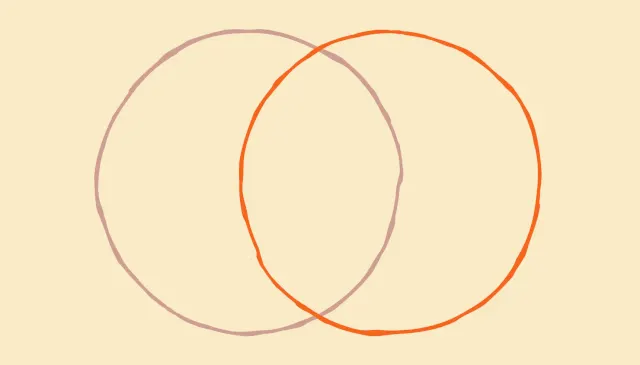Here's what we'll cover
Here's what we'll cover
Women’s bodies are put into several classification systems during the fertility and pregnancy process—high-risk, first trimester, and the list goes on. Our pelvises are no exception. That’s right: Your roommate’s pelvis might be different than yours. Turns out, there are four types of pelvic structures—do you know yours?
If the answer’s “no,” no sweat. Though there’s a BuzzFeed quiz for everything these days, including what kind of sandwich you are (seriously), there’s unfortunately no test for determining your pelvis shape. But a gynecologist, obstetrician, or midwife can likely give you an answer, not to mention much more accurate results than BuzzFeed. These practitioners have likely studied the pelvis types included in the Caldwell-Moloy model taught in midwifery and medical school. Karen Carola, a midwife from New Jersey, says she determines a client’s pelvis type during a procedure known as a “pelvimetry” (a fancy word for pelvic exam). As part of a pelvimetry, a medical professional may measure your pelvic bones to determine your type.
But does your pelvis type actually matter? Or is it just as relevant as what type of sandwich you are? We pulled together some fun and fascinating facts on pelvis types, and the pelvis in general, to learn how they influence your health in regards to fertility, pregnancy, and birth, if at all.
A quick pelvis primer
This bony structure is located at the base of your spine between the abdomen and thighs. Your legs are attached to your pelvis. The sacrum (a triangular bone at the base of the spine), coccyx (tail bone), the left and right coxal (hip) bones, pubic bone, and ischial spines (the most narrow parts of the pelvis) are what primarily make up this body part. However, as with most parts of the body, there are many nooks and crannies. This diagram provides a more comprehensive overview, including the aforementioned parts.
Some types are more common than others
About 50 percent of Caucasian women have a gynecoid pelvis, which is round in diameter, while about half of all African-American women have an anthropoid pelvis. Anthropoid pelvises are oval-shaped—they’re oval at the inlet and roomy front to back. Then, there’s the heart-shaped or android pelvis (yep—just like the phone). About 25 percent of women have this type. Lastly, just 5 percent of women have a platypelloid pelvis, which is oval and has a wide pubic arch. Rachel Gelman, a pelvic physical therapist at the Pelvic Health and Rehabilitation Center in San Francisco, adds that each person still has slight differences in their pelvic anatomy. In other words, not every gynecoid looks the same.
P.S. Want some visuals? Check these out from famous midwife Gail Tully.
Today, however, there’s new evidence suggesting most women actually share a mix of these four types. In 2015, the study’s authors wrote, “Until more data is collected to confirm or deny the statistical significance of this shape variation, it is recommended that teachers and authors of midwifery, obstetrics and gynecological texts be more cautious about continuing to promote the Caldwell-Moloy classification, as our results show no support for the long taught ‘four types’ of pelvis.”
Does my pelvis shape have anything do with fertility or birth?
Serena Chen, a fertility specialist from New Jersey, tells us that pelvis shape does not affect fertility as far as the medical community knows. So, there’s no need to worry that your gynecoid, anthropoid, android, platypelloid, or combination of all four is preventing you from conceiving.
However, the pelvis absolutely plays a role in birth. In vaginal deliveries, the baby must descend and rotate through the pelvis in order to enter the big, bright world. Therefore, it’s totally natural to wonder if the type of pelvis you have will influence your birth experience. In the 1980s, for example, Carola tells us that women in labor had to receive an X-ray with a ruler between their legs in an attempt to see if the baby’s head was compatible to the shape and size of the mother’s pelvis. “It didn’t yield any great insights,” says Carola. (Not only was this useless, but also sounds totally inconvenient and uncomfortable.)
So, how are practitioners like Carola approaching this issue today, if it’s even an issue at all? For example, if you have a certain pelvis shape, does this mean you’re more likely to have a cesarean section (C-section) compared to a vaginal delivery? “No way,” says Carola. “All pelvis types can allow for spontaneous vaginal birth.”
Carola goes on to explain that, “Birth involves more than the hard bones of the pelvis. Ligaments and joints come into play, as well as the mother’s attitude toward birth, the size of the baby, and the position of the baby.” In addition to her work as a midwife, Carola teaches prenatal yoga and enjoys providing mothers with information on movements that can help get the baby into an ideal position to descend and rotate through the pelvis.
As Carola notes, the pelvic bones are still relevant to birth because they can influence the way the baby must rotate and descend through the pelvis. The pelvic bones that affect the baby’s rotation and delivery are the pubic bone in the front, the distance between the pubic bone and the sacrum, and the width of the ischial spines (the most narrow part of the pelvis).
“These measurements are what correlate to the type of pelvis a woman has,” Carola adds. These bones all work together to deliver the child, regardless of the pelvis type.
Did you know your pelvis is actually shapeshifter?
Yup—pretty much a superhero. Gelman explains that natural hormonal changes during pregnancy and birth create more joint and ligament flexibility in the pelvis. The hormone relaxin, which is responsible for relaxing and stretching these body parts, is more prevalent during pregnancy, birth, and postpartum. In other words, Mother Nature’s got your back (and your pelvis). However, these changes can result in pain or impairments that limit mobility, according to Gelman. “For example, if the coccyx becomes rotated or the pubic symphysis [the bone below your bladder] is misaligned,” she says. If you experience pelvic pain or discomfort, which is common during pregnancy, pelvic physical therapists like Gelman can help.
At the end of the day, let your doc worry about your pelvis
“Practitioners should have a sense of a woman’s pelvic structure and be knowledgeable in guiding a woman in labor to best assist the rotation of the baby for birth,” says Carola. “However, I do not feel that this should be the mother’s concern and if she trusts her instincts and her care provider, she is better able to surrender to the natural process of labor.”
In other words, don’t worry too much about what type of pelvis you have or how it’s shaped. Unless, of course, you’re a total reproductive health nerd like us and want to ask your doc for fun—which we totally support. Pelvimetry, anyone? After all, it’s common to be inundated with tons of other worries during the fertility and birth process. Your pelvis, fortunately, doesn’t have to be one of them. It’s perfect just the way it is.
DISCLAIMER
If you have any medical questions or concerns, please talk to your healthcare provider. The articles on Health Guide are underpinned by peer-reviewed research and information drawn from medical societies and governmental agencies. However, they are not a substitute for professional medical advice, diagnosis, or treatment.










